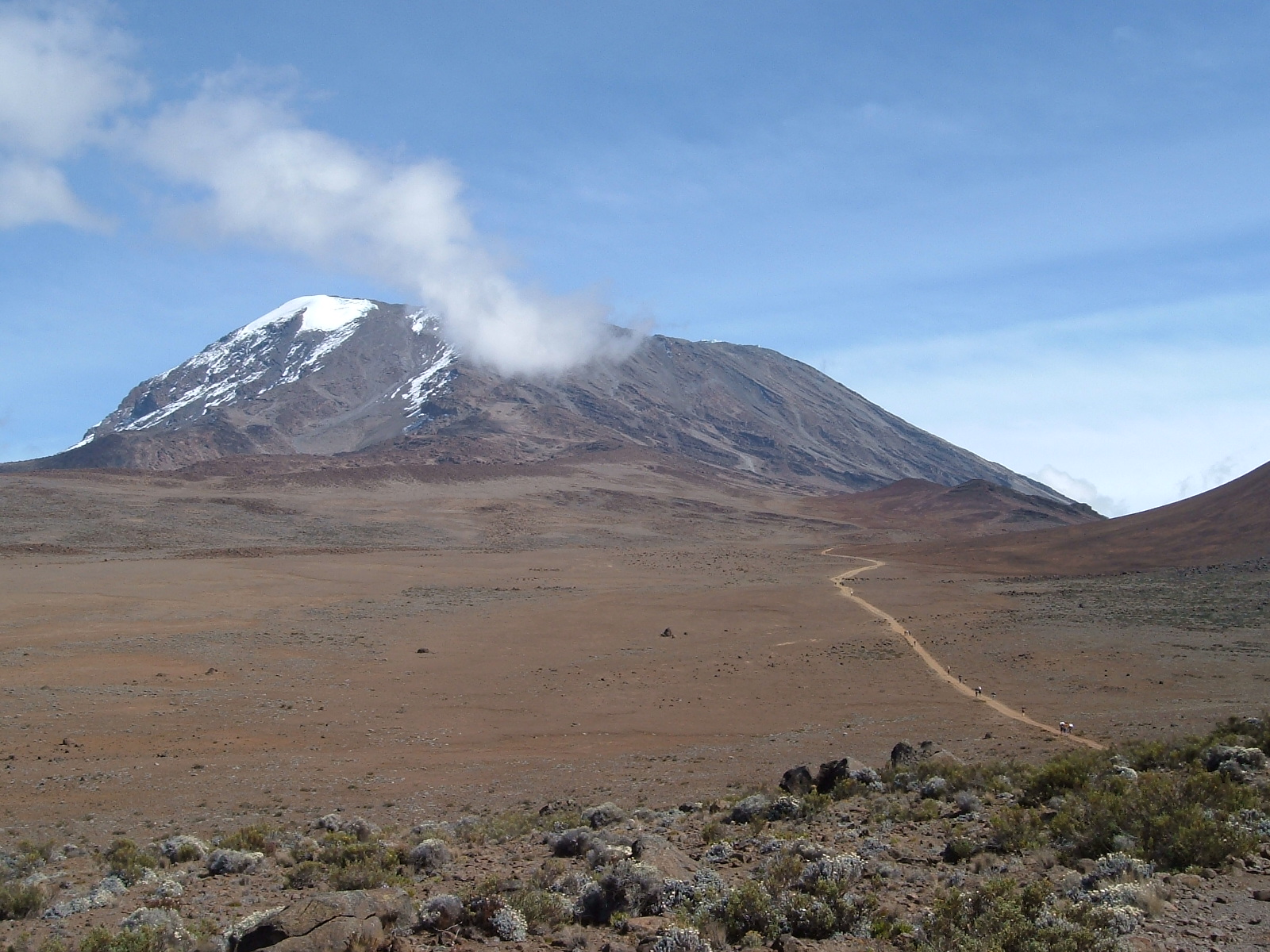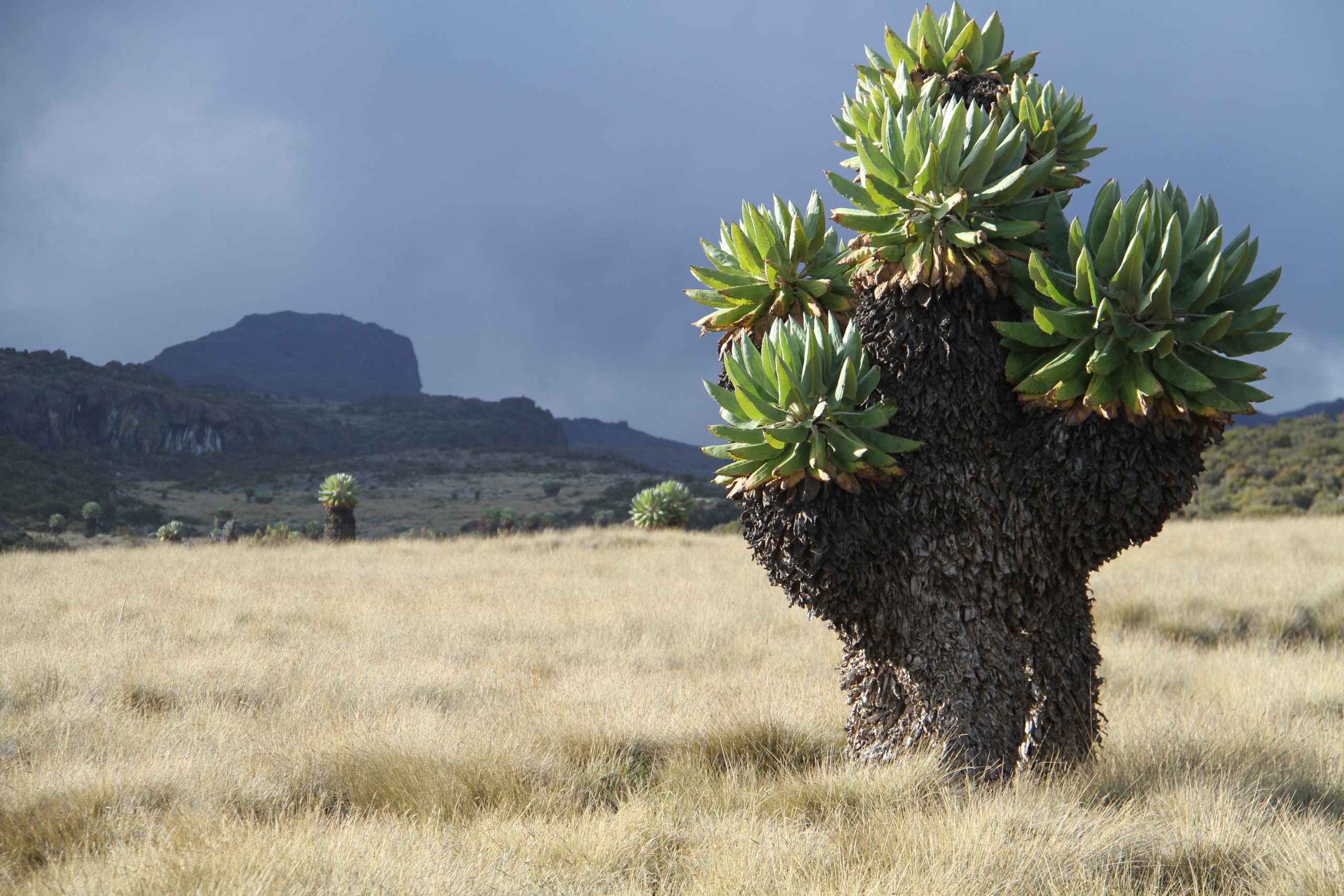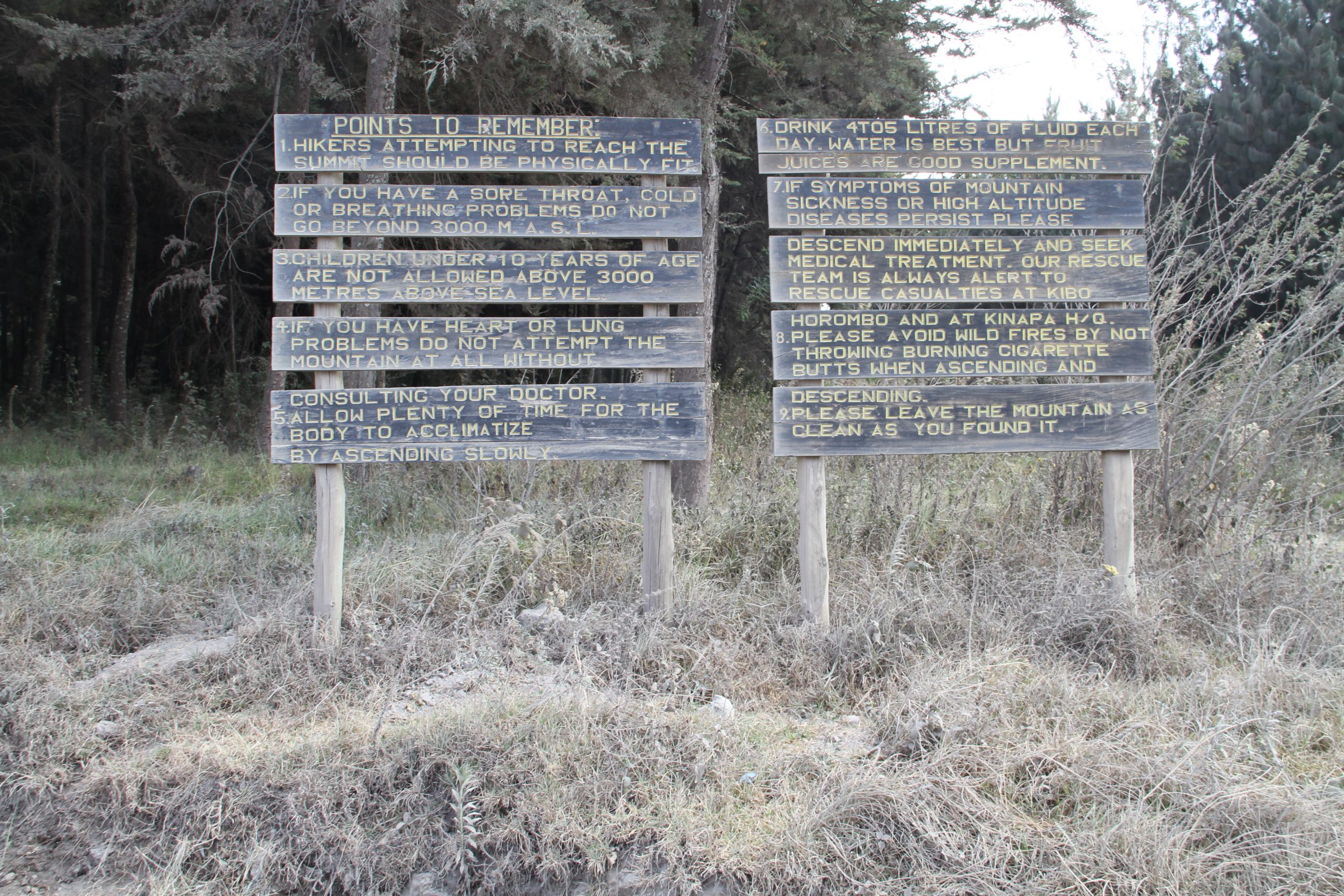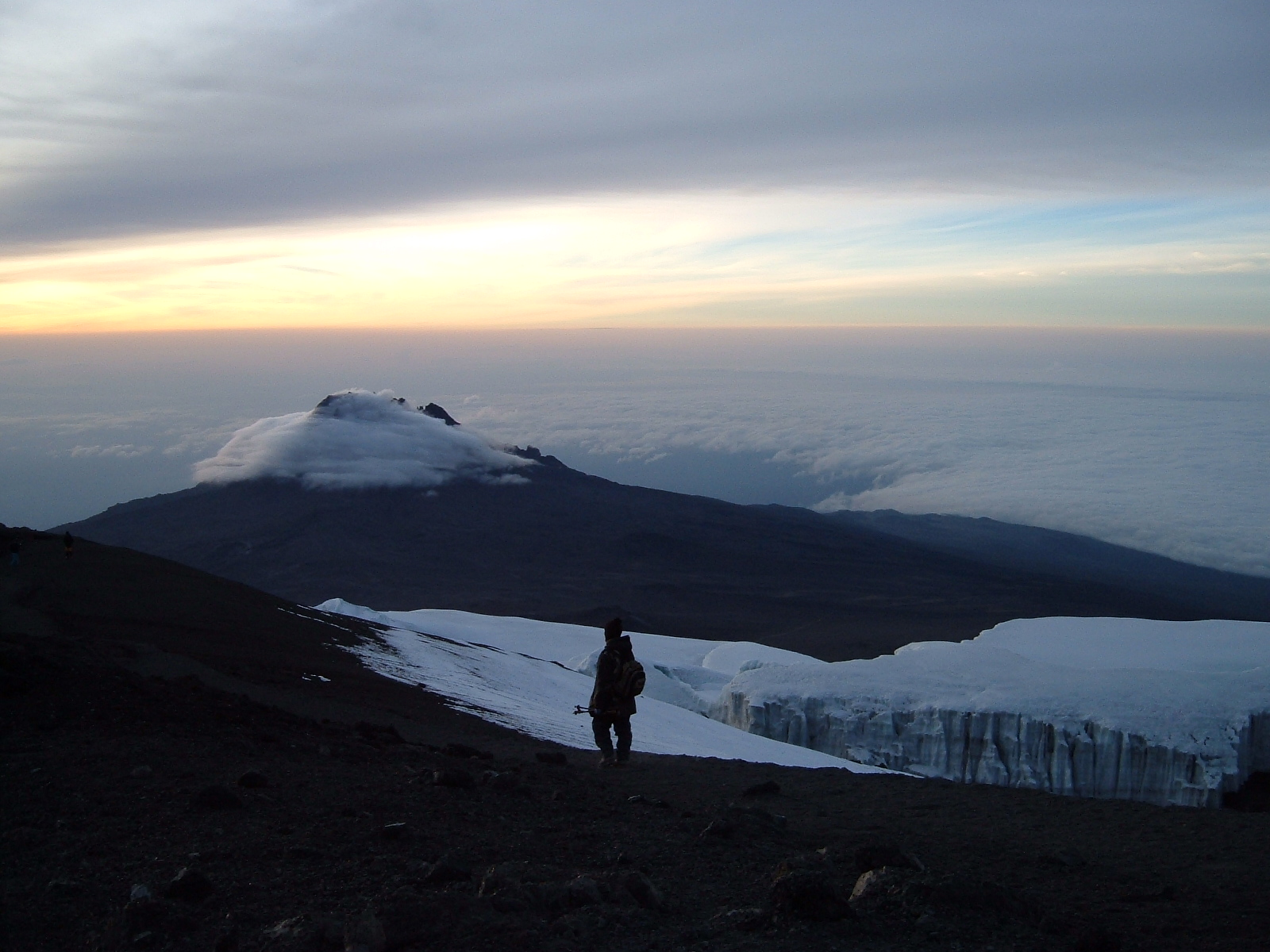Mt. Kilimanjaro
see the world
It is not the Mountain we conquer it is ourselves
Welcome To
Rongai Route
The Rongai route ascends Kilimanjaro from the northeastern side of the mountain, along the border between Tanzania and Kenya. This route retains a sense of unspoilt wilderness and offers a different perspective of Kilimanjaro by approaching it from the north. The topography of the route does not allow for the application of the climb high and sleep low principle and hikers generally suffer more from altitude sickness on the Rongai route compared to other routes (an additional acclimatization day is highly recommended on this route). The Rongai route use the scree summiting path from Kibo hut to Gilman’s point and descend via the Marangu route. The main itinerary difference between the Rongai 6 day and 7 day routes is the additional acclimatization day at Mwenzi Tarn.
OUR
ITINERARY

Day 1:You will be picked up by the staff of Gosheni Safaris from Kilimanjaro International Airport (JRO) and driven to your accommodation in Moshi. Participants will be given a short briefing for the climb the next day. Kits and the necessary equipment will be checked as well.
Day
2
Rongai Start Point (1996m) – Simba camp (2626m)Hiking time: 4 hours •Distance: Approximately 6.7km •Habitat: Forest (Montane).We depart from Moshi town and drive 45mins. to Marangu park gate for registration. From there, we travel to Naro Moru, a further 68km and approximately 2 ½ hours on bad roads to the Rongai starting point (1996m). We begin our hike from the Nale Moru village. The small winding path crosses maize fields before entering pine forest, and then we climb gently through a forest. The trail is not steep, but is rather a gentle hike through a beautiful countryside. The first night’s camp is at Simba Camp (2626m). The camp facilities include a public toilet and a wooden table with benches, but no hut.

Day 3: Simba camp (2626m) – Kikelewa Camp (3679m), Hiking time: 6 – 7 hours •Distance: Approximately 11.8 km •Habitat: Moorlands.We hike from Simba camp to Kibo (3482m). We arrive for lunch at First Caves. The distance is 5.8km. After lunch, we continue trekking until we reach Kikelewa Camp at about 3679m. Here you will have an amazing view including a stream of water below the cave.
Day
4
Kikelewa Cave (3679m) – Mawenzi Tarn camp (4303m)
Hiking time: 3 hours •Distance: Approximately 3.7km •Habitat: Moorlands. A short but steep climb up grassy slopes offer superb views of this wilderness area. The vegetation zone ends shortly before you reach your next camp at Mawenzi Tarn situated beneath the towering spires of Mawenzi. Here we spend the afternoon acclimatizing and exploring the area.

Day 5: Mawenzi Tarn camp (4303m) – Kibo hut (4730m), Hiking time: 5 hours •Distance: Approximately 9 km •Habitat: Alpine desertAfter breakfast, we head west and continue ascending on the east side of Kibo. We then cross the saddle between Mawenzi and Kibo taking 4 to 5 hours to reach Kibo Hut. The remainder of the day is spent resting in preparation for the final ascent, which begins around midnight. Overnight at Kibo hut.
Day
6
Summit attempt
Kibo hut (4730m) – Uhuru Peak (5895m) – Horombo hut (3705m), Hiking time: 7 to 8 hours to reach Uhuru Peak | 6 to 8 hours to descend to Horombo, Distance: Approximately 5.4km ascent and 15 km descent •Habitat: Stone scree / ice-cap summit .The total time spent walking on this day is around 14 hours, so be prepared for a very tough day. You will rise around 23h20, and after some tea and biscuit, we begin our ascent. The first section of the trail consists of a rocky path to the Hans Meyer Cave (5150m), also a good resting spot. The path then zigzags up to Gillman’s point (5681m), which is located on the crater rim. This section is very steep with a lot of stone scree, requiring a great physical and mental effort. This is probably the most demanding section of the entire route. From Gillmans Point, you will normally encounter snow all the way up to Uhuru peak (5895m), the highest point in Africa!
Weather conditions on the summit will determine how long you will be able to spend taking photographs and enjoying the amazing scenery. Afterwards, we begin our 3-hour descent back to Kibo hut. After a short rest at Kibo hut, we gather all our remaining gears and head down to Horombo hut (3 hours) for your overnight. The return to Horombo hut will seem surprisingly fast compared to the ascent. Later in the evening, you will have your last dinner on the mountain and have a well-earned sleep.

Day 7: Horombo hut (3705m) – Marangu Gate (1860m)Hiking time: 6 hours Distance: Approximately 19.7 km.Habitat: Moorland & Montane Forest . After breakfast, we continue our descent for around 6 hours passing the Mandara hut down to the Marangu gate. At Marangu gate, successful climbers receive their summit certificates. Those climbers who reached Gillman’s Point (5685m) are issued with green certificates, and those who reached Uhuru Peak (5895m) receive gold certificates. Afterwards, we drive back to Moshi for a long overdue hot shower and celebration.Meals: B,L,D
Accommodation: Moshi Salsalinero Hotel. Hiking Kilimanjaro is less difficult than you might think—especially if you take your time, like on the Machame Route. Arguably the most scenic route up the famous volcano, you’ll take five days to reach the summit, passing spectacular forests, glacial ridges, and ice fields along the way. With your guide leading the way (and handling meals), you’ll be able to focus on the world-class adventure.
